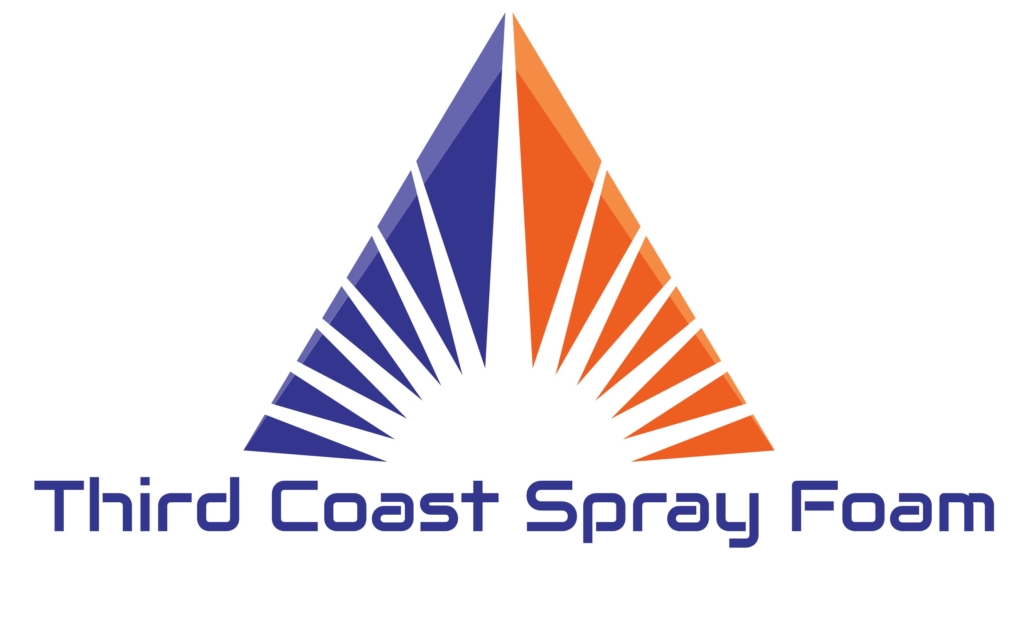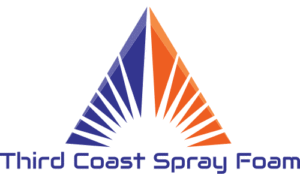Q. What does it cost per square foot?
A. Like so much in life, “it depends” is the answer. Are we installing closed cell or open cell foam? How thick do you want the foam? How big is the whole job? Where is the job located? Does it require any specialized equipment like lifts? All these factors and more play a
part in what your job will cost. You really want to know what your project will cost you, not just the price for a square foot of spray foam. That’s why the price you get is for a completed project. We’re not going to add on all the junk fees like “Trip Charge”, “Prep Charge”, “Clean Up Charge”, or “Fuel Surcharge” that some companies do. Lets have an open and honest conversation so
that we can get all the facts and you can fully explain your needs and
expectations.
Q. How does spray foam compare in R-Value to fiberglass or cellulose?
A. Spray foam can be from an R-3.8 to 4.5 for open cell foam to R-7 per inch for closed cell foam, depending on manufacturer and depth. R-value is not a great way to judge the performance of insulation. Air sealing is more important. After all, your furnace and air conditioner are heating or cooling air. If that air is leaking out, you’re just going to have to heat or cool some more air. Fiberglass and cellulose are not air barriers, so they let air leak past them. Fibrous insulation products lose nearly 50% of their insulating value when
air moves over or through them, such as wind. Fiberglass batts, if poorly installed, can lose up to 28% of their labeled R-value. On the other hand, spray foam is an air barrier, vapor retarder, and moisture barrier. It keeps insulating no matter how windy it is outside.
Q. How clean does the surface have to be to make spray foam stick to it?
A. There can be no oil, grease, water or excessive dirt on the surface. Most pole barns are clean enough unless they have had livestock in them.
Q. Does spray foam add structural strength to the building?
A. Closed cell foam will add some racking strength to the building. Foam is not designed to be a structural building material. If you are relying on spray foam insulation to hold your building together, you have other problems that need to be addressed with that foam cannot fix.
Q. How much money will spray foam save me?
A. That depends on a lot of different factors, such as building design, HVAC usage, etc. Industry experts will tell you up to 50%. What you can expect is to be more comfortable in your building.
Q. Which is better, closed cell or open cell spray foam?
A. Both are good products that have their uses. Closed cell spray foam is the best thermal insulation in climates like Michigan’s. The big temperature differences from inside and outside buildings during our cold winters cause “vapor drive.” This is the movement of vapor from warmer to colder areas, and from moist areas to dry areas. This can lead to the development of mold or mildew in walls. Closed cell spray foam, applied properly, inhibits vapor drive. It is also better below grade or in harsh conditions like livestock buildings. Open cell is the best choice for sound control such as interior walls and between floor joists. Give us a call and let our highly trained professionals help you make the best decision for your application.
Q. Do rodents eat spray foam?
A. No, they don’t. There is no food value to spray foam. But, rodents can chew through just about. Spray foam stops air leakage and heat loss. If rodents can’t smell food or feel the heat on the other side of the wall, they are less likely to want to get in.
Q. Can I install spray foam myself?
A. You shouldn’t. It takes specialized equipment and highly trained professionals to make sure spray foam is installed in a way that is effective and safe for the occupants. This is really a process best left up to skilled experts.
Q. Do I still need a vapor barrier?
A. Closed cell foam of sufficient thickness is a vapor retarder, along with being an insulator, air barrier, and moisture barrier.
Q. Do I need house wrap?
A. Closed cell spray foam is an air seal. You don’t need house wrap for an air seal. We still recommend house wrap on the outside of the walls as a drainage plane for rainwater.
Q. Won’t spray foam make my house too tight? Don’t houses need to breathe?
A. No, houses don’t need to breathe. But people do. Build them tight, ventilate them right. Most houses are not too tight. In fact, most windows and doors leak plenty of air. We recommend installing Air-to-Air energy exchangers properly calculated by a professional. Rely on building science not “old wife’s tales” or “urban legends”. Remember, houses don’t have lungs!
Q. Why should I choose Third Coast Spray Foam over another company whose price is lower?
A. You get what you pay for. The price you see isn’t always the price you’ll pay. Many contractors hook you with a low price and then add on prep, clean up or trip charges not included in their estimates. They won’t have the proper liability or worker’s compensation insurance, leaving you exposed in case of an accident. Third
Coast Spray Foam invests heavily in training, safety, and equipment. What this means to you is the job will be done right the first time.
Q. I have gotten several estimates, but the price is all over the board. How do I make sense of these?
A. What you should be looking for is a detailed quote including estimated R- values, total depth, type of foam, and a plain explanation of areas to be sprayed. If the “Lowest Price” is too good to be true, it is probably missing something.
Q. Isn’t spray foam a fire hazard?
A. No. Most spray foams for occupied spaces have a built in ignition barrier which prevents them from catching on fire. They have a better smoke development, flame spread numbers and auto ignition points than wood.
Q. Can I leave spray foam exposed?
A. In most cases, no. The building code requires most types of insulation to be covered with an approved thermal barrier. We are certified to install thermal barrier coating on spray foam where required by the building code. Call for details on your project or consult your building inspector.

